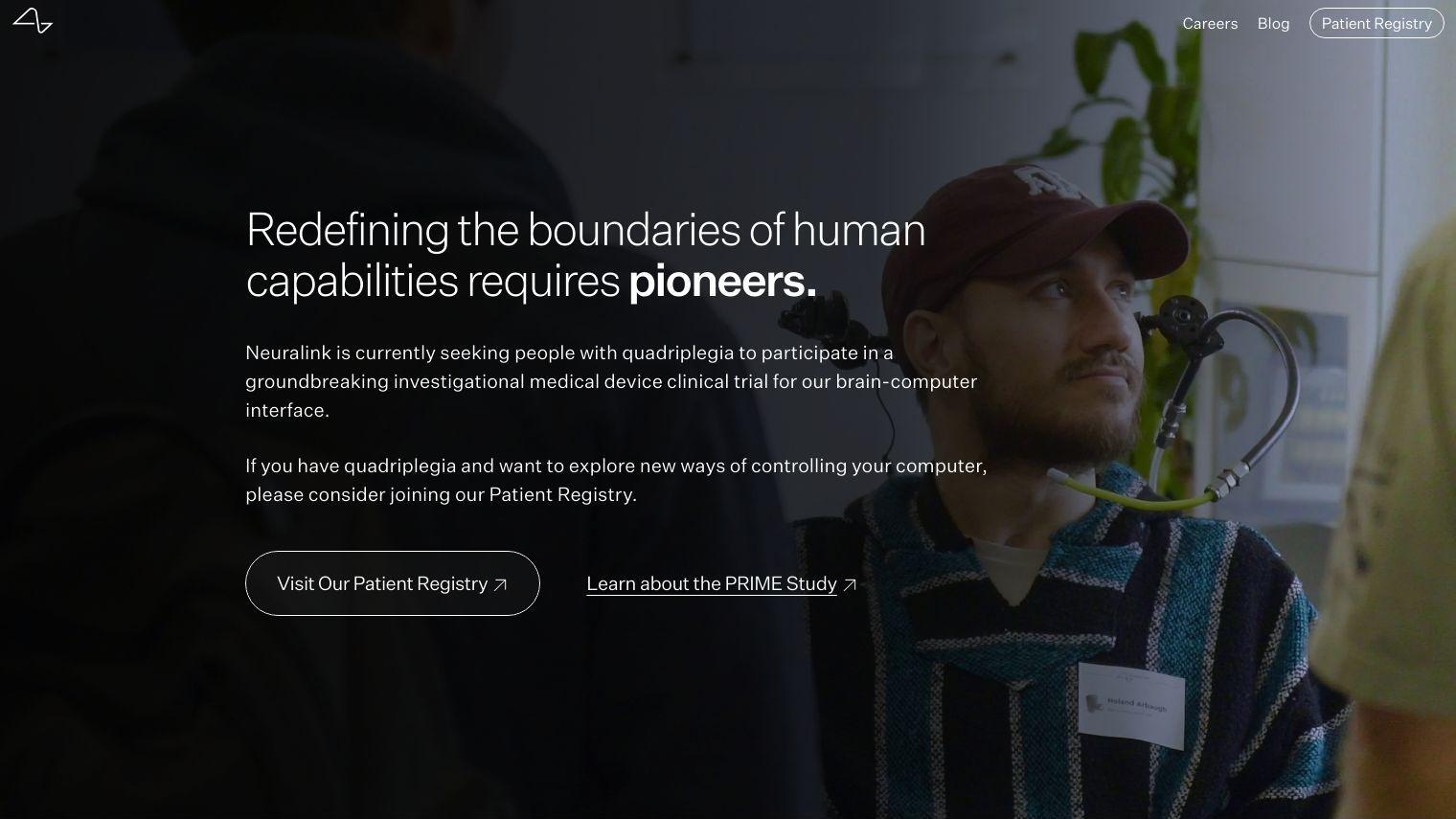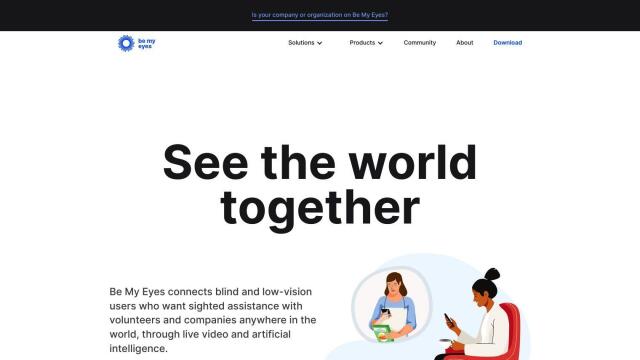Neuralink is working to develop a general-purpose brain interface that gives people who need it back control of their lives and that helps people achieve their full potential. The company's work is focused on developing brain-computer interfaces (BCIs) that enable people with quadriplegia to control their computers and phones with their minds. With safety, accessibility and reliability as top priorities, Neuralink is working to bring this technology out of the lab and into people's homes.
The N1 Implant includes a biocompatible housing, wireless battery charging and low-power chips to process neural signals. Those signals are monitored with 1024 electrodes spaced along 64 extremely flexible and thin threads. The implant is designed to minimize tissue damage during and after implantation.
Neuralink's surgical robot is designed to make the implantation process easier. The robot head has multiple camera systems and an optical coherence tomography (OCT) system, and the needle is thinner than a human hair and is used to grab, insert and release the threads.
For those interested in participating in clinical trials, Neuralink has a Patient Registry. The company is also actively recruiting people with engineering, scientific and operations backgrounds to join the team.
Ultimately, Neuralink hopes to restore abilities like vision, motor control and speech, and ultimately expand the ways people experience the world. Reaching that lofty goal could profoundly improve people's lives.
For more details, check out Neuralink's website.
Published on June 23, 2024
Related Questions
Tool Suggestions
Analyzing Neuralink...







